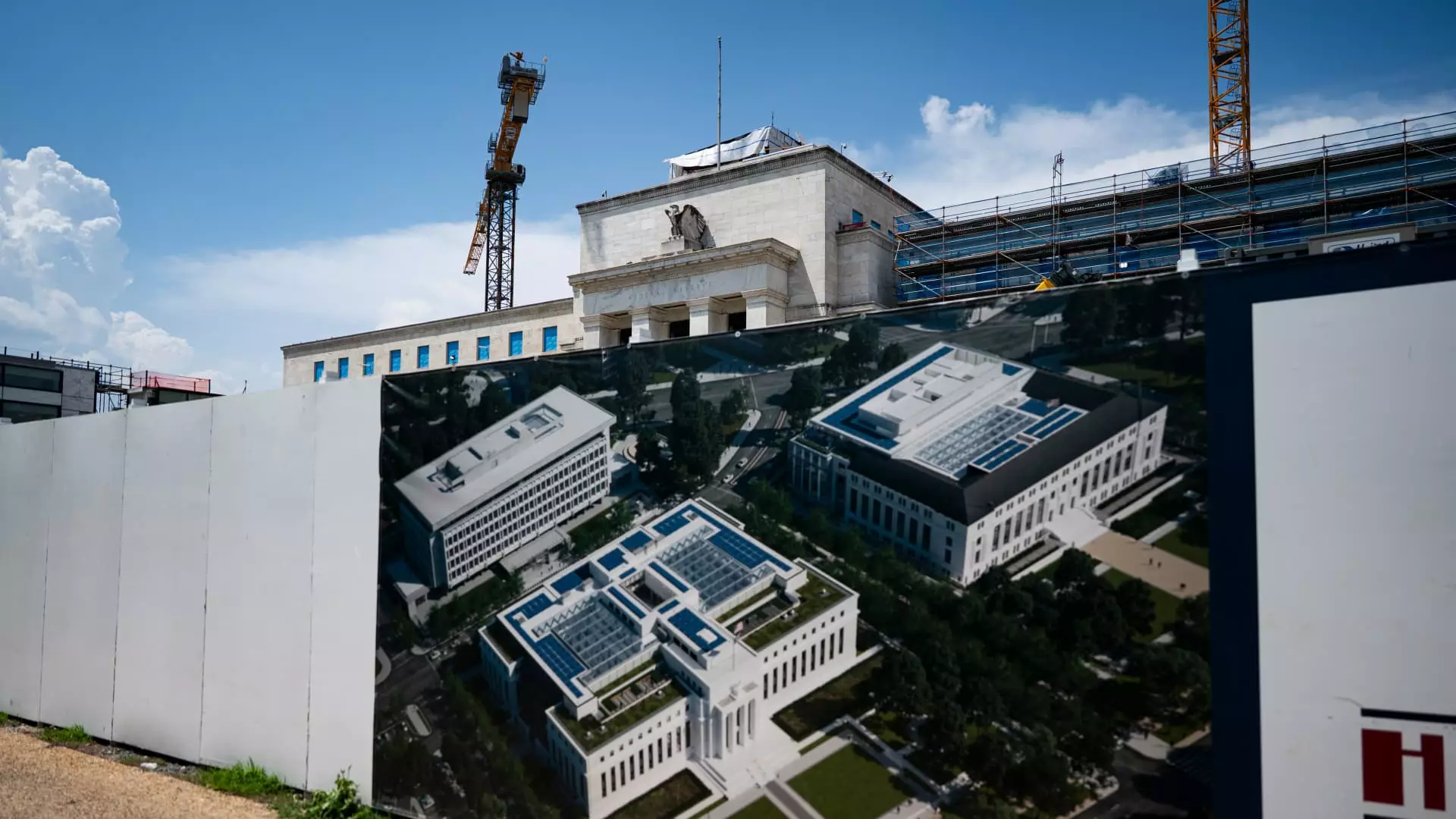In a time when economic stability hinges on transparent and responsible governance, the Federal Reserve’s recent building project exemplifies bold fiscal misjudgment. This expansion, budgeted initially at $2.5 billion, has morphed into a symbol of unchecked spending that undermines public confidence in institutions meant to stabilize the economy. The oversight of a central bank, often insulated from political pressure, should uphold integrity—yet a lack of transparency in this case signals a troubling disconnect between monetary authority and democratic accountability. The cost overruns, coupled with the dismissive silence from the Fed, only deepen the perception of waste and mismanagement plaguing our institutions.
Questionable Justifications and Hidden Agendas
While the Fed argues that safety improvements and building upgrades justify the skyrocketing costs, this narrative sidesteps the core issue of fiscal discipline. The assertion that the buildings, some of which haven’t seen major renovations since their inception, are inherently unsafe, feels like a convenient pretext for an open-ended spending spree. Such justifications—scaled-back specifications and cost scaling—seem reactive rather than strategic, reflecting poorly on the institution’s planning discipline. The fact that the Fed, a private entity with some public functions, is undertaking these projects without substantial congressional oversight further complicates matters, creating a dangerous environment where unchecked power can lead to unchecked expenses.
Politicization and Public Distrust
The furor surrounding the project has been fueled by political figures and voices within the government, notably from the White House and OMB, criticizing what they perceive as fiscal irresponsibility. Their rhetoric frames the Fed’s decisions as emblematic of a broader problem: the tendency of unelected bureaucracies to act without tangible accountability. This isn’t just about building renovations; it’s emblematic of a deeper issue where vital financial institutions risk losing their legitimacy in the eyes of the American people. When government agencies are seen to indulge in lavish spending under a veil of necessity, the erosion of public trust becomes inevitable, threatening the very foundation of democratic oversight.
Is This the Price of Institutional Autonomy?
The reluctance of the Fed to be scrutinized by Congress or the public fuels suspicion. As a quasi-independent body, it has a unique shield that can sometimes be exploited to justify questionable expenditures. However, such insulation shouldn’t translate into unchecked authority or secretive financial decisions. It is imperative that, even in its independence, the Fed operates within the bounds of fiscal responsibility, which it currently appears to be flouting. This episode highlights the danger of allowing long-standing institutions to grow complacent, effectively immune from the usual checks and balances that prevent fiscal mismanagement on a broader scale. Transparency isn’t just a political buzzword; it’s a fundamental safeguard against corruption and incompetence. The Fed’s recent actions threaten to weaken that safeguard, endangering the integrity of our economic institutions.

